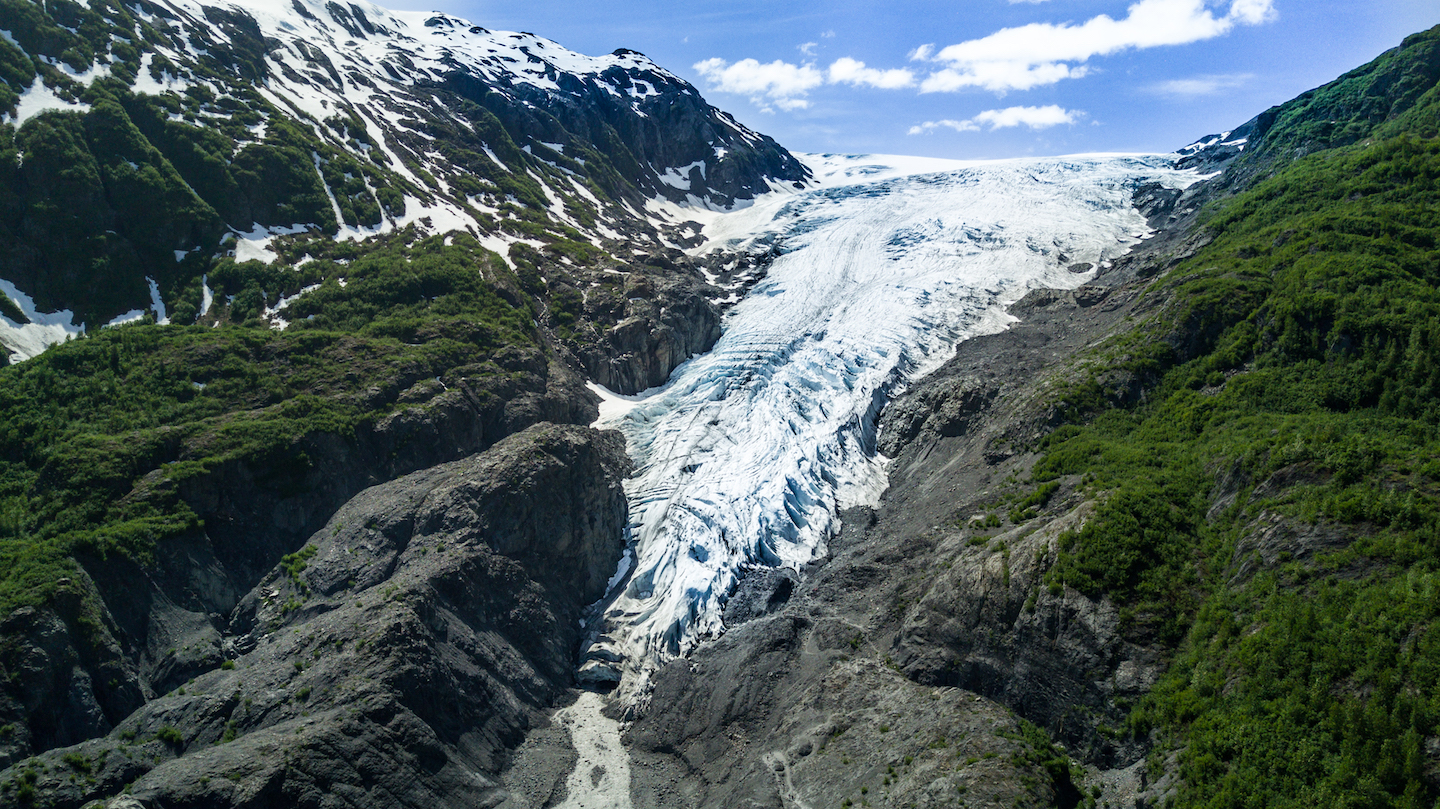Alaska - 2017
This summer we took on the long trek to Alaska in our Pleasure-Way. We did a lot of reading before hitting the road, but ultimately ended up winging it every step of the way. I’ve thrown some tips together below for the traveler looking to make the trip themselves.
The Milepost
We didn’t use it. I went ahead and purchased it to have just in case but the way we travel it ended up being unnecessary. A lot of other travelers in RVs highly recommend it and say you can’t travel without it, so it’s completely up to you. The book costs $40 and you can purchase it through their app and load it on multiple devices if you prefer that over the big book itself.
Road Conditions
One of the most common things you will hear about the Alaskan (Alcan) Highway is that they’re terrible and you will likely either blow a tire or get a huge rockchip on your window. We found this to be false - so long as you pay attention and drive safely.
There were some sections of the long highway that workers were doing construction on. This meant a few miles of packed gravel road. For the most part, the construction workers only let one direction of traffic through at a time. This meant that as long as you keep your distance from the car in front of you you’re fine. Even going 10 to 15 MPH on these sections of road we tried to keep a four to five car distance between us and the vehicle in front of us. Depending on the speed everyone was moving we’d lengthen that. These sections of construction were not very common, and only three come to mind. All three of these sections were in the Yukon territory.
North of the construction zones we hit there was roughly 80 miles of highway before you hit the border of Alaska where there were some considerable dips in the road. Each of these was marked by a flag on the side of the road with the bump symbol. Always pay attention to these and treat them all as if they could be a pot hole. We found that some of these ‘bumps’ were barely noticeable, while others required us to slow down considerably. Because our RV was heavy (we also tried to keep full water tanks at all times) we took extra caution not to have it bounce more than we could help. It wouldn’t do for us to blow a tire because we were careless and ignored the caution signs.
Outside of these two conditions, the roads were surprisingly smooth. Just take care and pay attention to the signs.
Phone Service
As in there was none. We had a few pockets along the way in some of the larger towns, but for the most part, this 1,300 mile road is without cell phone coverage. This makes paying attention to the roads all the more important. If you blow a tire along this highway, your only option for saving is to try and wave someone down and get to a gas station or hotel to call someone. That being said we could always count on T-Mobile whenever there were cell towers. We took the three major US Cell Carriers (T-Mobile, AT&T, and Verizon) on the road with us this trip. T-Mobile won hands down for us. They have the best international coverage and don’t throttle you.
If you use a GPS app on your phone for your primary navigation, Google Maps allows you to download sections of map data. This made our drive a lot less stressful. When we had service, we took care to download the next sections of the Alaskan Highway so we always had a map ready.
Service Stations
We stopped at every diesel station we saw. Fuel stations are spread out pretty far along the Alaskan Highway. Some were over 100 miles apart. We try to always live on the top half of our diesel tank, and while on this road we started cringing once we got below 3/4 of a tank. A lot of these stations close early as well. There were a number we came to that were closed and we had to decide whether we were going to wait or keep on and try to get to the next one. I imagine in the large Class A or even Class B RV’s this will not be as much of a concern as it was for us, as their fuel tanks are much larger.
Bathrooms
Oh boy was I beyond happy we decided to take the RV instead of the van. I’m the road-tripper that needs to stop at a bathroom every hour or two. That’s not really something you can count on driving to Alaska. If you decide to drive a car, I’d recommend booking hotels or camp sites every step of the way to ensure you have a bathroom every evening and morning when you wake up.
Overall
We are very happy we decided to make the drive! The Yukon was beautiful and truly felt like it and Alaska are ‘the last frontier’. We saw more wildlife on this trip than we have in any national park. If we traveled to Alaska again we would go by plane or boat (cruise), as in the state of Alaska itself there aren’t a lot of places you can get to by road. We saw plenty of beautiful scenery, hiked to a glacier, and woke up to whales in the bay in Seward. Anchorage had some delicious food (links in our map!) and outside of the city itself the state is very RV friendly.

